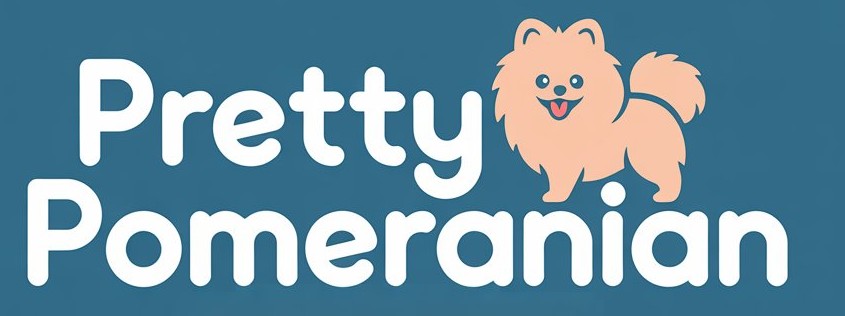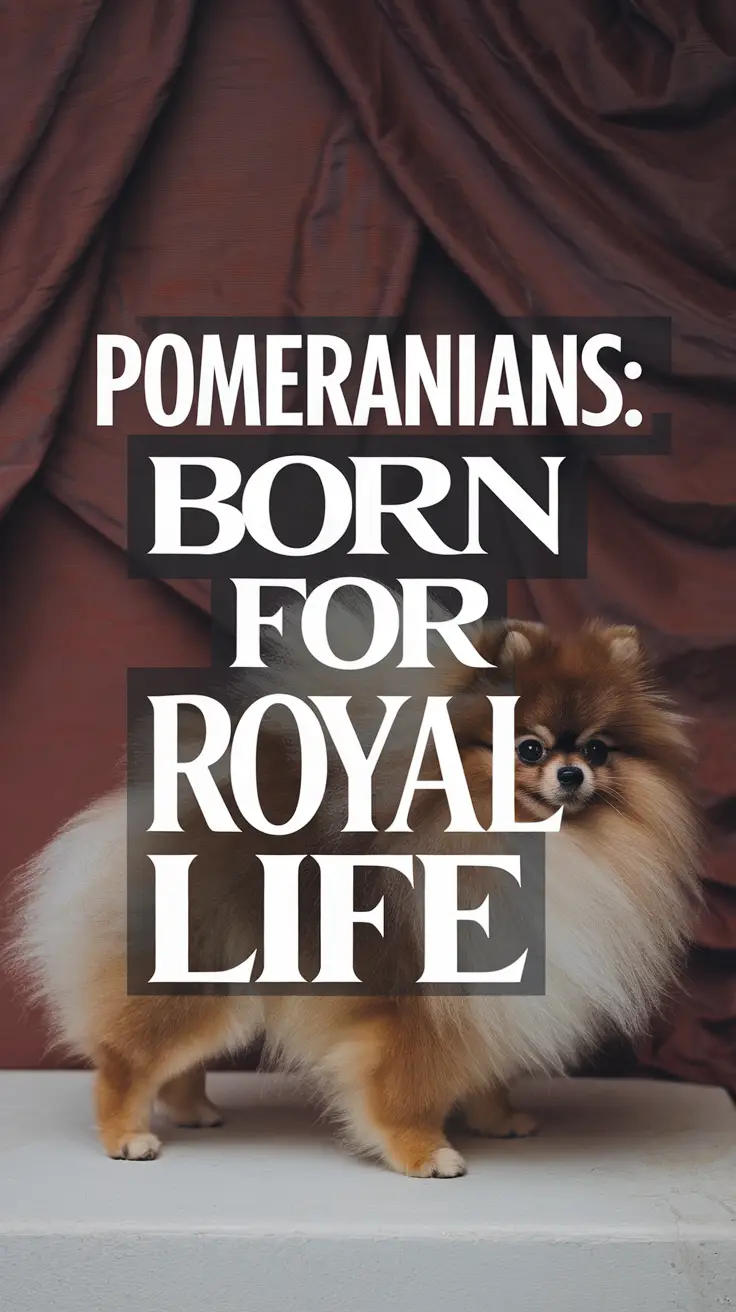As I watched my Pomeranian Sash strut across the dog park like she owned the entire neighborhood, I couldn’t help but smile at how this seven-pound fluffball commanded more attention than dogs three times her size. Every Pomeranian owner knows this feeling – that moment when you realize your tiny companion possesses an outsized personality that makes them utterly irresistible.
Why Pomeranians Capture Hearts Everywhere
- Their bold, confident personality packed into a tiny, portable package
- Rich royal heritage that shaped their regal demeanor and luxurious coat
- Remarkable intelligence and trainability despite their independent streak
The Royal Connection That Shaped Everything
Pomeranians didn’t start as the pocket-sized charmers we know today. These dogs descended from large Arctic spitz breeds, originally weighing up to 30 pounds and serving as working dogs in the Pomerania region. The transformation into today’s toy breed happened through selective breeding, particularly after Queen Victoria fell in love with the breed and began showing smaller Pomeranians.
This royal connection explains so much about Sash’s behavior. She carries herself with the dignity of someone who knows her ancestors lived in palaces. The American Kennel Club notes that this breeding for smaller size while maintaining the spitz temperament created dogs with “big dog attitudes in small dog bodies.”
Physical Traits That Make Them Unforgettable
| Feature | Description | Care Requirements |
|---|---|---|
| Double Coat | Fluffy outer guard hairs with soft undercoat | Daily brushing, professional grooming every 6-8 weeks |
| Compact Size | 3-7 pounds, 6-7 inches tall | Careful handling, weather protection |
| Fox-like Face | Alert expression, pointed ears, dark almond eyes | Regular eye cleaning, ear checks |
| Plumed Tail | High-set tail that curves over back | Gentle brushing to prevent matting |
The grooming commitment is real – I spend about 15 minutes daily brushing Sash’s coat with a quality slicker brush, and she gets professional grooming monthly. But watching her prance around afterward, clearly aware of how fabulous she looks, makes every minute worthwhile.
The Personality That Steals the Show
Dr. Stanley Coren, canine psychologist and author, ranks Pomeranians among the top 25 most intelligent dog breeds. This intelligence manifests in ways that constantly surprise me. Sash learned her name within days, mastered basic commands in weeks, and now knows the difference between her various toys by name.
But intelligence comes with attitude. Pomeranians are:
- Confident bordering on fearless – Sash regularly challenges dogs ten times her size
- Alert and vocal – excellent watchdogs who announce every visitor, delivery truck, and suspicious squirrel
- Loyal but independent – they want to be near you but on their own terms
- Social butterflies – they thrive on attention and interaction
The Challenge of Small Dog Syndrome
Here’s the honest truth: that confidence can become problematic without proper boundaries. Many Pomeranian behavioral issues stem from owners treating them like living stuffed animals rather than dogs needing structure. Sash went through a phase where she believed she was the household CEO until consistent training reminded her of the actual hierarchy.
Health Considerations for Tiny Bodies
Small size brings specific health challenges that responsible owners must understand:
| Common Issues | Prevention/Management | When to Worry |
|---|---|---|
| Luxating Patella | Maintain healthy weight, avoid high jumps | Limping or favoring one leg |
| Tracheal Collapse | Use harness instead of collar | Honking cough, breathing difficulties |
| Dental Problems | Daily teeth brushing, dental chews | Bad breath, difficulty eating |
| Hypoglycemia | Regular small meals, monitor activity | Weakness, shaking, loss of coordination |
I learned about hypoglycemia the hard way when Sash became lethargic after an extra-long play session. Now I carry small treats during extended outings and feed her smaller, more frequent meals.
Training Your Tiny Napoleon
Training a Pomeranian requires patience, consistency, and a sense of humor. They’re smart enough to learn quickly but stubborn enough to pretend they don’t understand when it suits them.
Success Strategies:
- Start early – puppy socialization prevents fearfulness and aggression
- Use positive reinforcement – they respond better to praise than correction
- Keep sessions short – 5-10 minutes maintains their attention
- Be consistent – every family member must enforce the same rules
Sash’s biggest training challenge was housebreaking. Small bladders plus small attention spans make this a marathon, not a sprint. Crate training, frequent outdoor trips, and celebrating tiny victories eventually paid off.
The Joy and Challenges of Pomeranian Ownership
The Wonderful:
- Portable companions perfect for travel and apartment living
- Minimal exercise needs – short walks and indoor play suffice
- Long lifespan (12-16 years) means extended companionship
- Adaptable to various lifestyles and living situations
The Challenging:
- High grooming maintenance and professional grooming costs
- Potential for excessive barking without proper training
- Fragility requiring careful handling, especially around children
- Strong personalities that need experienced, consistent leadership
Living Your Best Life with a Pomeranian
Every morning, Sash greets me like I’m returning from a year-long journey rather than just waking up. This enthusiasm, combined with their amusing antics and unwavering loyalty, creates bonds that Pomeranian owners treasure deeply. They’re not just pets; they’re comedians, companions, and tiny best friends rolled into one irresistible package.
The secret to Pomeranian happiness lies in understanding that beneath all that fluff beats the heart of a dog who wants to be your partner in everything. Give them structure, respect their intelligence, maintain their gorgeous coats, and prepare yourself for a relationship filled with laughter, loyalty, and the occasional eye-roll when they decide your training suggestions are merely optional guidelines. In return, you’ll discover that these small dogs possess an extraordinary ability to fill even the largest spaces in your heart.




